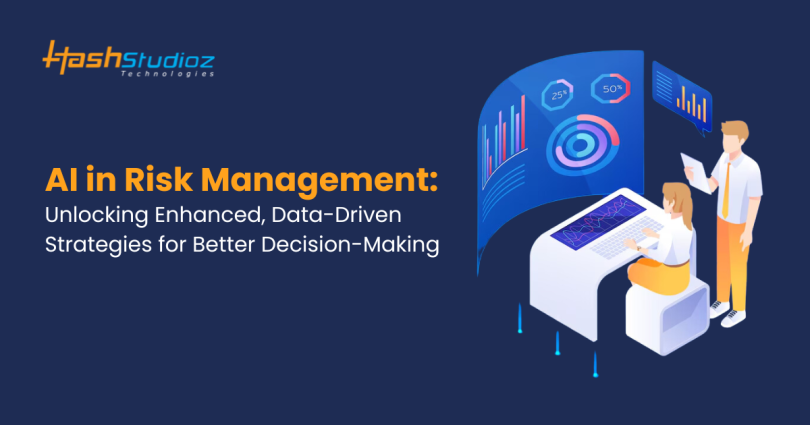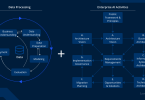In a world where managing risk equates to steering the ship of business to success, companies are increasingly turning towards advanced technological solutions. TrustLayer is at the forefront of this transformation, offering AI-powered risk management capabilities that redefine how organizations mitigate and manage potential threats.
The Role of TrustLayer in Streamlining Risk Management Processes
Risk management, a traditionally manual and labor-intensive task, has evolved with TrustLayer’s intervention. By automating mundane and repetitive tasks, the benefits of using TrustLayer dissolve the bottlenecks typically associated with risk assessments and insurance verification. This transformation leads to a more agile risk management workflow, allowing businesses to respond faster to changing risk landscapes.
TrustLayer employs AI to systematize the collection and analysis of data, ensuring comprehensive risk coverage. Its ability to sift through vast amounts of information quickly mitigates the risks of human error, making the process more reliable. Consequently, organizations can focus on strategic decision-making, supported by TrustLayer’s precise risk analytics.
Moreover, TrustLayer’s platform facilitates seamless communication among stakeholders, establishing a singular channel for risk information exchange. This centralized approach fosters transparency and collaboration, which are pivotal for effective risk management. With everyone on the same page, identifying and addressing risks becomes a cohesive effort.
Leveraging Artificial Intelligence for Enhanced Risk Detection and Analysis
The power of AI within TrustLayer’s platform is evident in its risk detection capabilities. Advanced algorithms analyze patterns and anomalies that typically go unnoticed by the human eye. As a result, businesses gain a more nuanced understanding of potential risks, both immediate and emergent, leading to proactive rather than reactive management strategies.
Artificial intelligence also equips TrustLayer with the capacity for predictive analysis. This sophisticated feature evaluates historical data to forecast future risk scenarios, granting organizations the foresight to implement preventative measures. Adaptability becomes an inherent trait in risk management with such advanced, forward-looking insights.
Fine-tuning risk analysis to the specifics of an organization is another area where TrustLayer’s AI shines. It can customize its risk assessment parameters to align with industry standards and the unique risk profiles of different companies. This results in highly relevant and actionable intelligence, tailored to the needs of each TrustLayer client.
Incorporating continuous learning, the AI within TrustLayer refines its risk detection and analysis over time. This means that the longer an organization utilizes TrustLayer, the more attuned to its operations the system becomes. Such dynamism is crucial for maintaining a robust defence against the ever-evolving nature of risks.
Improving Compliance and Verification With TrustLayer’s AI-driven Solutions
Compliance is a critical aspect of any risk management strategy, and TrustLayer’s AI-driven solutions excel in this domain. By automating compliance checks and document verification processes, TrustLayer ensures that organizations adhere to industry regulations and standards without the complexity typically involved in such tasks.
The platform’s AI algorithms are adept at parsing through documents for necessary certifications, licensing, and insurance coverage. This eliminates the painstaking process of manual checks and minimizes the chances of oversight. As a result, businesses can maintain compliance with confidence, knowing that TrustLayer’s robust verification processes are in place.
An added advantage of TrustLayer’s automation is its ability to provide real-time updates on compliance status. If a document is nearing expiry or if new regulatory requirements emerge, the system alerts the relevant stakeholders, allowing for timely updates and continued adherence to industry norms.
Furthermore, the integration of TrustLayer into an organization’s existing systems streamlines compliance management, fostering a more cohesive operational environment. This is especially beneficial for businesses that operate across multiple jurisdictions where regulatory landscapes may vary significantly.
TrustLayer’s Impact on Operational Efficiency Across Industries
TrustLayer’s influence extends across industries, each with its own set of risk management challenges. In the construction sector, for instance, where compliance and safety are paramount, TrustLayer provides an indispensable tool for managing subcontractor risks. Automating certificate tracking and insurance compliance reduces the administrative load and enhances worksite safety.
In the healthcare industry, where patient data and privacy are critical, TrustLayer fortifies the management of cyber risks. Its AI-driven analytics can detect potential threats to sensitive information, mitigating risks that could otherwise lead to significant financial and reputational damage.
For financial institutions, TrustLayer presents an AI-fortified shield against the myriad of risks inherent in the finance sector, including fraud, cybercrime, and regulatory non-compliance. Its intelligent risk assessment capabilities ensure that these institutions can protect their assets and customer data with leading-edge technology.
By embracing the benefits of using TrustLayer, organizations are positioned to not only face the challenges of today but are also ready to tackle the potential risks of the future with confidence and agility.






